Tips for Puppy Training: From Basics to Advanced Commands

Bringing a new puppy into your home is an exciting adventure, but it also comes with the responsibility of training your furry friend to become a well-behaved and happy companion. In this comprehensive guide, we'll cover essential tips for puppy training, starting from the basics and progressing to advanced commands. With patience, consistency, and positive reinforcement, you can build a strong bond with your pup and lay the foundation for a well-mannered adult dog.
1. Start with Basic Commands:
Begin your puppy training journey by introducing basic commands such as "sit," "stay," "come," and "down." Use treats, praise, and positive reinforcement to encourage your puppy to respond to these commands.
2. Consistency is Key:
Dogs thrive on routine and consistency. Use the same cues and gestures for commands, and ensure that all family members are on the same page regarding training techniques. Consistency helps your puppy understand what is expected of them.
3. Positive Reinforcement:
Reward-based training is highly effective. When your puppy follows a command correctly, immediately reward them with treats, praise, or playtime. Positive reinforcement creates a positive association with the behavior you're encouraging.
4. Puppy Socialization:
Expose your puppy to various people, environments, and other animals during the critical socialization period. This helps prevent behavioral issues and fosters a well-adjusted, confident dog.
5. Potty Training Basics: Establish a consistent schedule for potty breaks and reward your puppy when they eliminate in the appropriate area. Be patient during accidents and avoid punishment, as it can create anxiety and hinder the training process.
6. Leash Training:
Teach your puppy to walk on a leash without pulling. Start in a low-distraction environment, use treats as incentives, and gradually increase the level of difficulty as your puppy becomes more comfortable.
7. Introduce Advanced Commands:
Once your puppy has mastered the basics, gradually introduce advanced commands such as "stay," "heel," and "leave it." Advanced training enhances mental stimulation and strengthens the bond between you and your pup.
8. Enroll in Puppy Training Classes:
Consider enrolling your puppy in a positive reinforcement-based training class. Professional trainers can offer guidance, and the structured environment provides valuable socialization opportunities for your pup.
9. Be Patient and Understanding:
Puppies are like sponges, absorbing information from their surroundings. Understand that mistakes are part of the learning process, and patience is key. Consistent positive reinforcement will yield the best results.
10. Regular Exercise and Playtime: Ensure your puppy receives plenty of physical and mental stimulation through regular exercise and playtime. A tired puppy is more likely to be attentive during training sessions.
Puppy training is a rewarding journey that strengthens the bond between you and your furry friend. By incorporating these tips into your training routine, you're laying the groundwork for a well-behaved, happy, and confident adult dog. Remember, every puppy is unique, so tailor your training approach to your pup's individual needs and personality. Enjoy the process, celebrate small victories, and savor the joy of watching your puppy grow into a well-trained and loving companion.
Frequently Asked Questions (FAQs)
1. When should I start training my puppy?
You can start training your puppy as early as 8 weeks old. Puppies are capable of learning basic commands and routines from a young age, and early training helps establish good habits.
2. What are the first commands I should teach my puppy?
Begin with basic commands such as "sit," "stay," "come," and "down." These foundational commands are essential for building further training and ensuring your puppy's safety and good behavior.
3. How long should training sessions be?
Training sessions should be short and frequent, typically 5-10 minutes, several times a day. Puppies have short attention spans, so brief, positive sessions are more effective.
4. What should I do if my puppy doesn't respond to a command?
If your puppy doesn't respond to a command, remain patient and avoid punishment. Instead, use positive reinforcement and repeat the command. Make sure your puppy is focused and not distracted during training.
5. How can I prevent my puppy from biting or nipping?
Redirect your puppy's biting or nipping behavior by providing appropriate chew toys. If your puppy bites during play, immediately stop playtime and ignore them for a short period to teach that biting results in the end of fun.
6. What is the best way to socialize my puppy?
Socialize your puppy by exposing them to various people, animals, environments, and experiences in a controlled and positive manner. Puppy socialization classes, walks, and playdates can help your puppy become well-adjusted.
7. How do I potty train my puppy?
Establish a consistent schedule for potty breaks, typically after meals, naps, and playtime. Take your puppy to the designated potty area and reward them when they eliminate there. Be patient and avoid punishment for accidents.
8. What should I do if my puppy pulls on the leash?
To prevent leash pulling, start leash training in a low-distraction environment. Use treats to encourage walking beside you, and stop moving if your puppy pulls. Reward your puppy for walking with a loose leash.
9. How do I handle my puppy's separation anxiety?
Gradually acclimate your puppy to being alone by starting with short separations and gradually increasing the duration. Provide toys and treats to keep them occupied and create a calm, secure environment.
10. What are advanced commands, and when should I introduce them?
Advanced commands include "heel," "stay," and "leave it." Introduce these commands once your puppy has mastered the basics. Advanced training provides mental stimulation and reinforces good behavior.
11. Is it necessary to enroll in a puppy training class?
While not mandatory, puppy training classes offer professional guidance, socialization opportunities, and structured training environments that can be highly beneficial for both you and your puppy.
12. How can I reinforce training outside of formal sessions?
Incorporate training into daily activities by using commands during routine tasks, such as mealtime and playtime. Consistent reinforcement in various contexts helps solidify your puppy's learning.
13. What should I do if my puppy seems stubborn or unresponsive to training?
If your puppy is unresponsive, reassess your training methods. Ensure sessions are positive, consistent, and engaging. If issues persist, consider seeking advice from a professional dog trainer.
14. How much exercise does my puppy need?
Puppies need regular physical and mental stimulation. The amount of exercise depends on the breed, age, and energy level, but generally, puppies benefit from multiple short play sessions throughout the day.
15. How can I use treats effectively in training?
Use small, high-value treats that your puppy loves. Reward immediately after the desired behavior to create a clear connection. Gradually phase out treats by replacing them with praise and other rewards as your puppy learns.

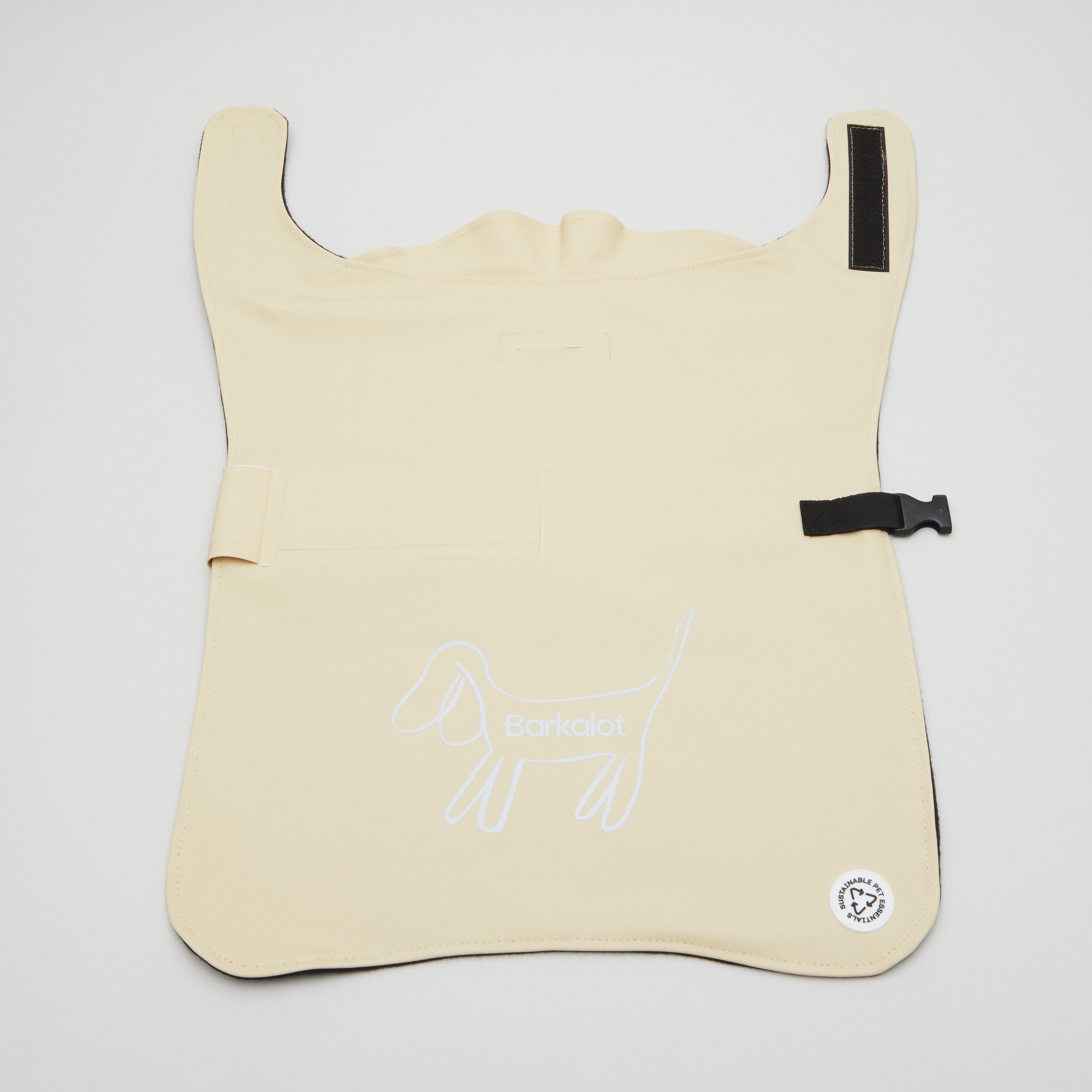
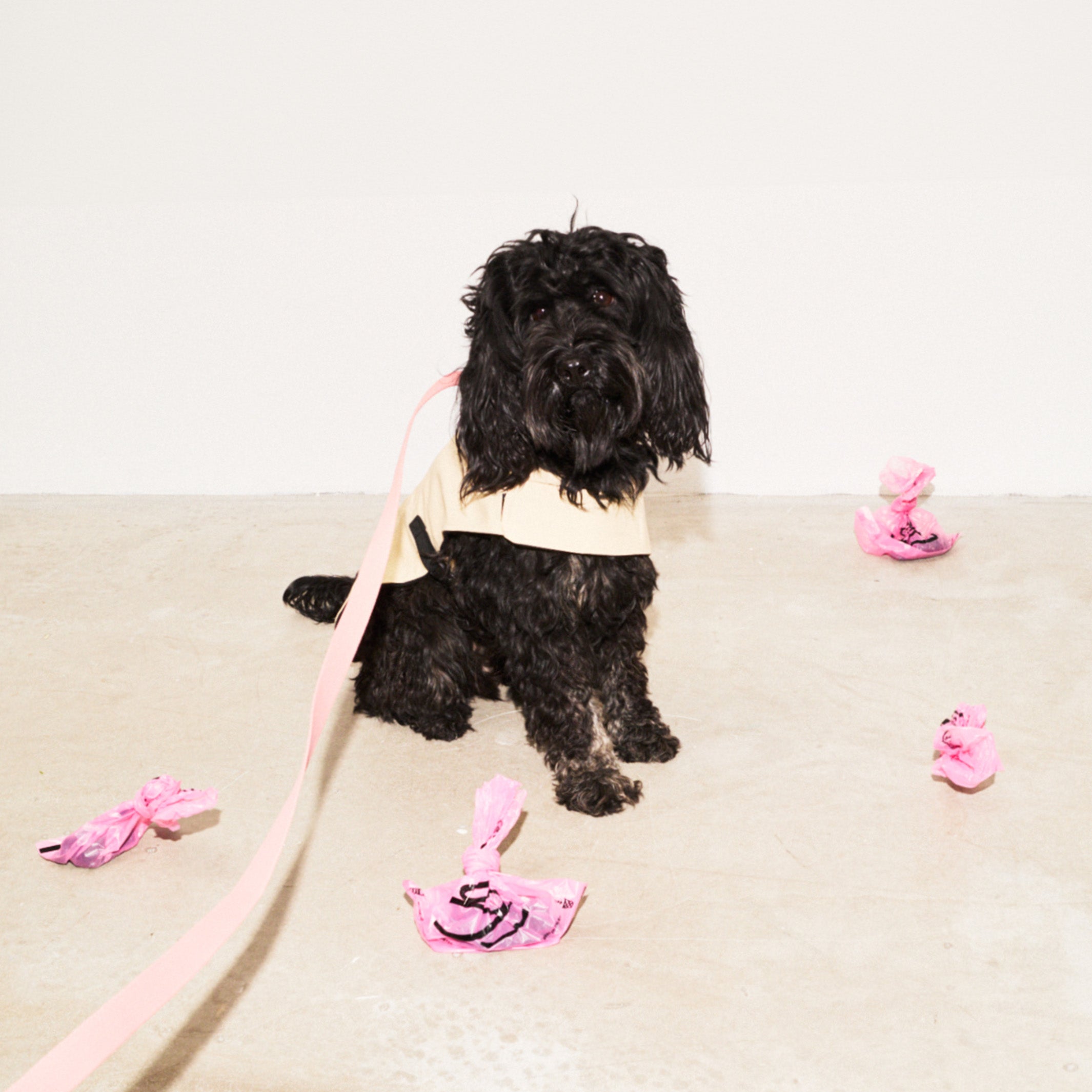
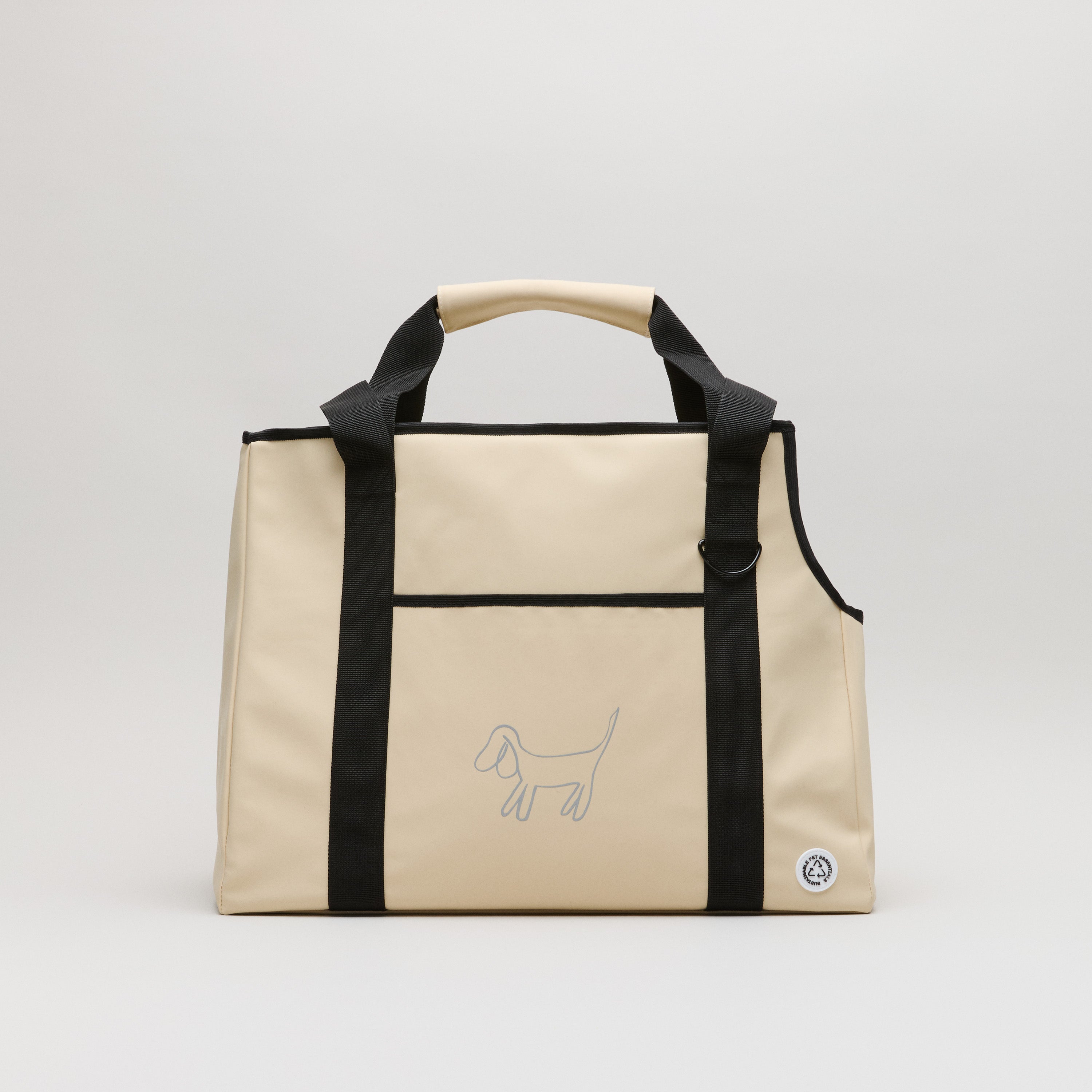

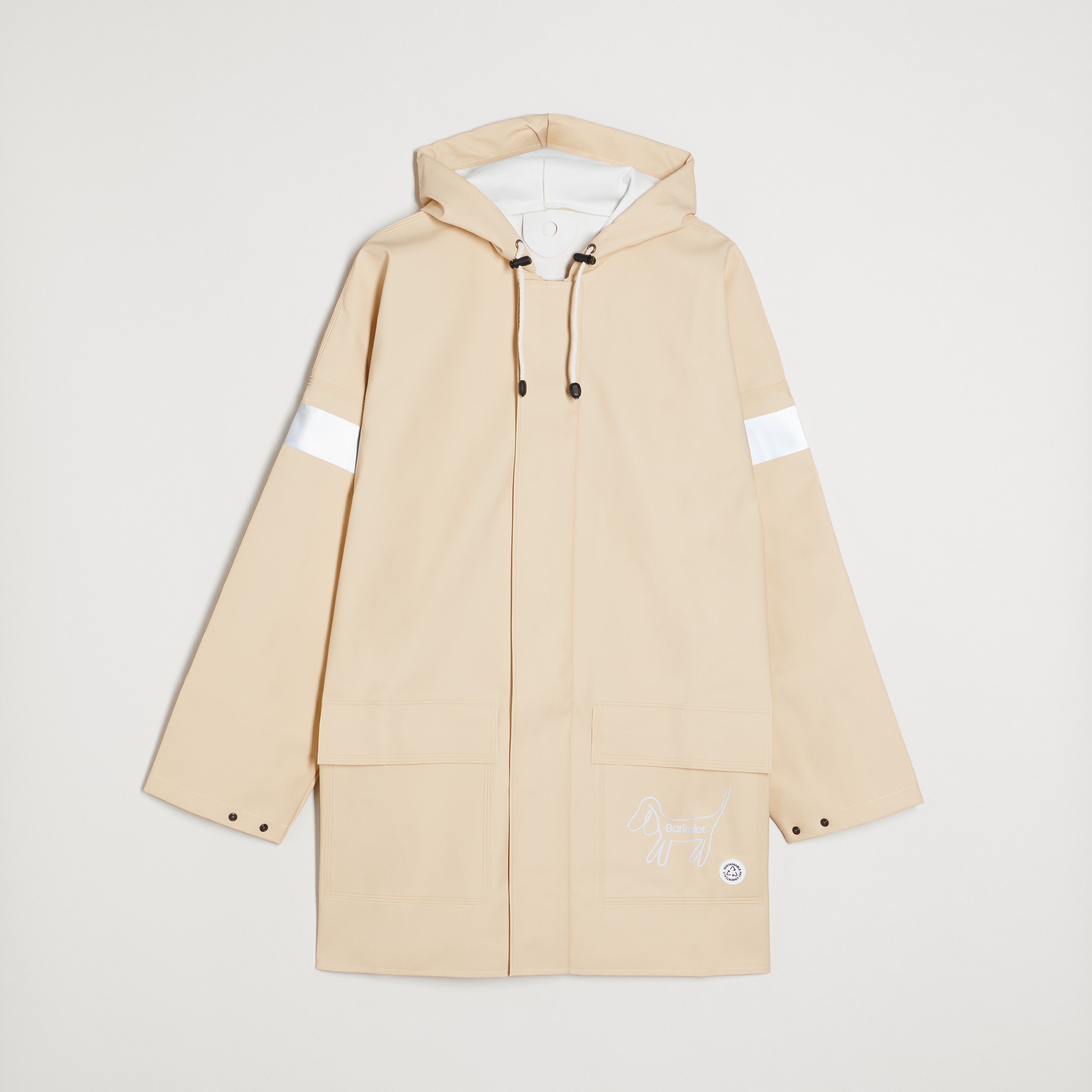
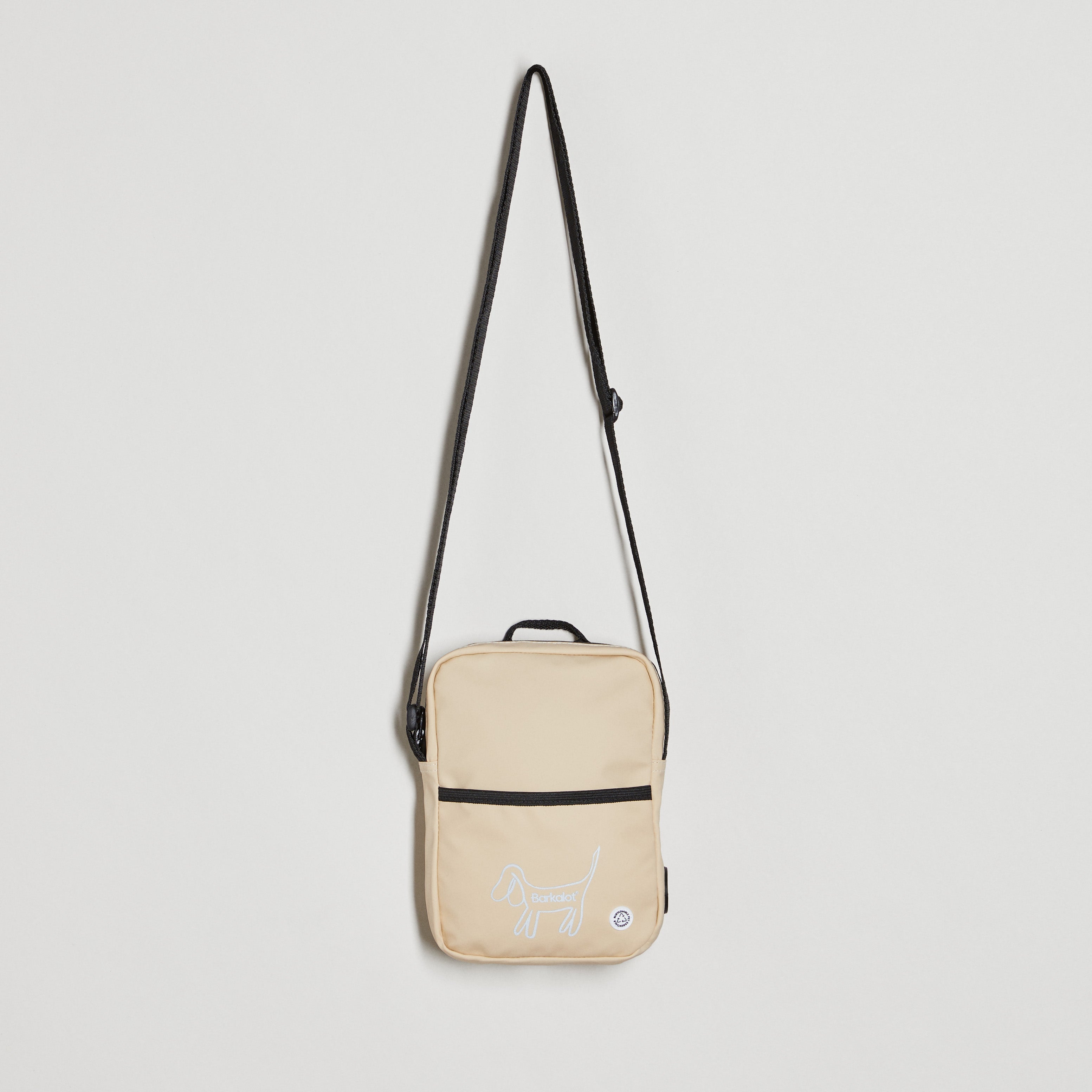


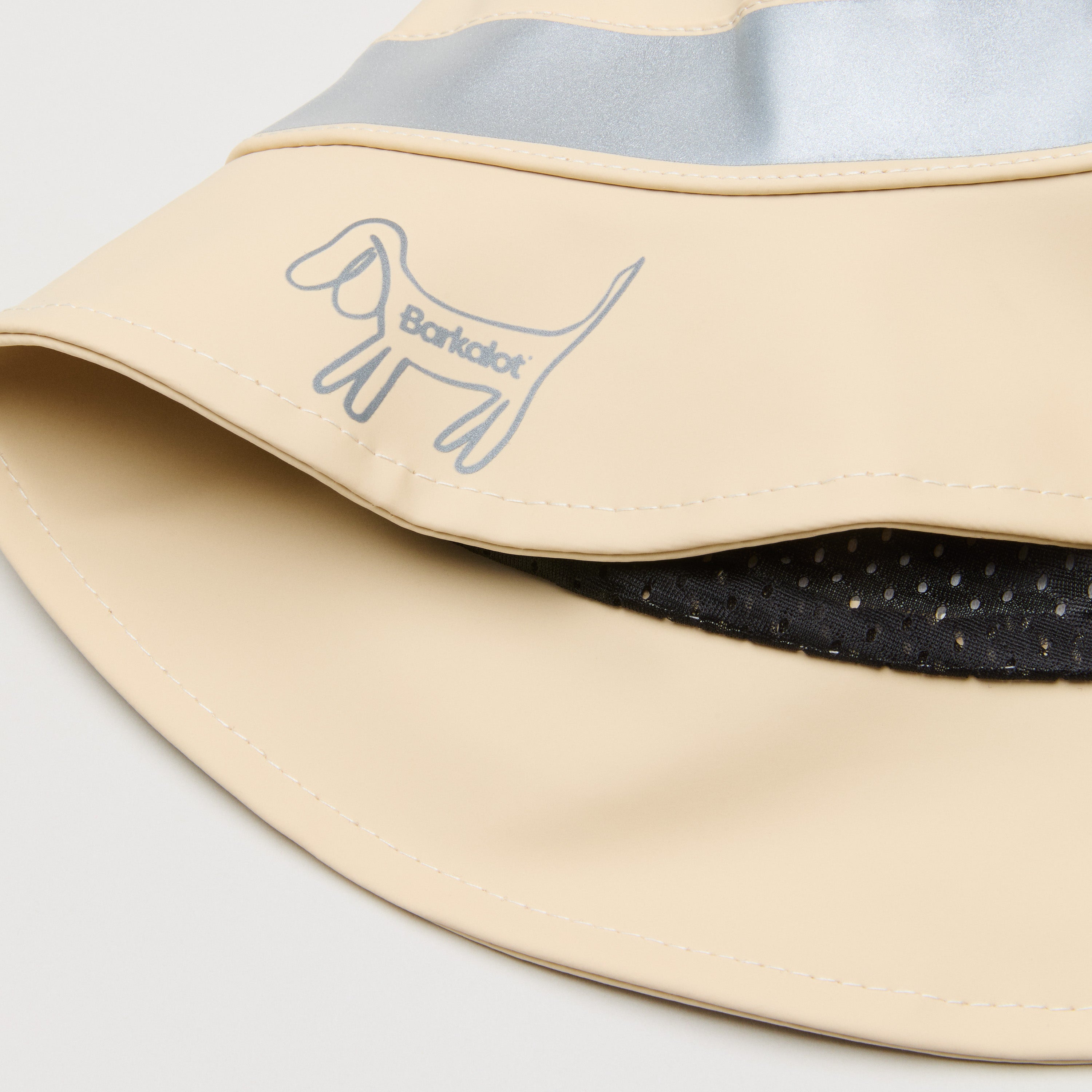


Leave a comment